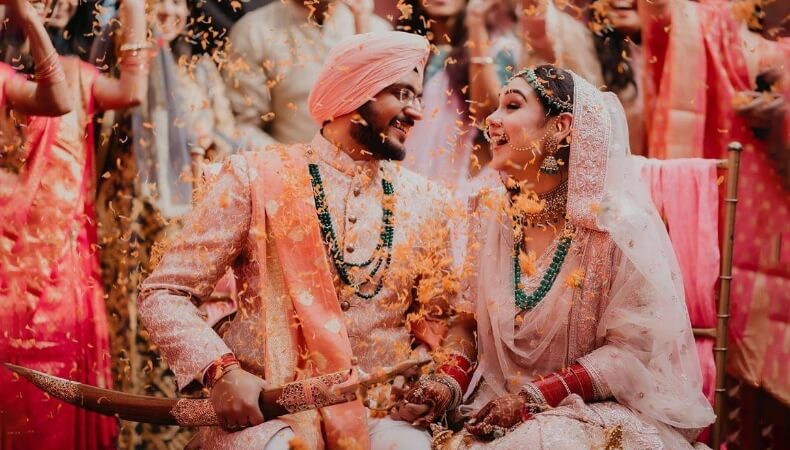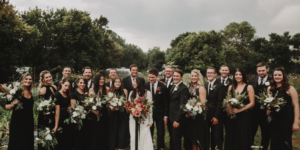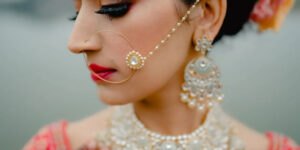Weddings are an essential part of many cultures around the world. They’re also an excellent opportunity to celebrate traditions not necessarily found in your culture. So whether you’re planning a multicultural wedding or want to incorporate some fun ideas from other countries, here are some standard wedding customs from around the world that could be incorporated into your ceremony:
➣ Finland
- Wedding traditions in Finland
- Wedding dress: The bride wears a white dress with lace.
- Wedding rings: All Finns carry around a small ring made out of copper or silver wire and attach it to their finger when they get married. The ring symbolizes how long they have been together as husband and wife, which can range anywhere from one year up to ten years (depending on how old you were when you got engaged).
- Cake-cutting ceremony: In Finland, the cake is cut before dinner, so everyone gets an opportunity to have some delicious treats after dinner. It’s also customary for everyone present at your wedding reception (including guests) to eat cake together!
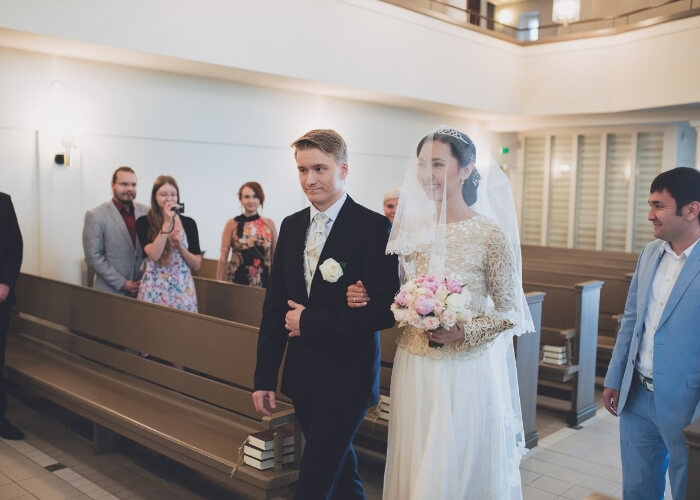
➣ Australia
Australian couples are known for incorporating Aboriginal culture into their wedding traditions. The first step is finding an Aboriginal wedding designer to help you choose the right clothes and accessories for your ceremony, including headdresses and body paint. You can also include some traditional dance performances during your reception or bridal party photos with an Aboriginal photographer.
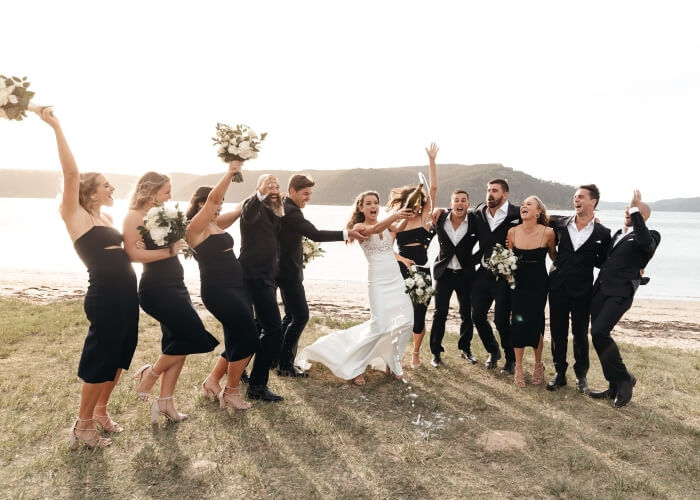
Suppose you don’t want to hire an actual indigenous person to perform at your ceremony. In that case, there are plenty of ways that Australians have incorporated Indigenous themes into their weddings over the years:
- The bride wears a feathered headdress while walking down the aisle (and sometimes afterward).
- There may be sacred plants used in various ways during the ceremony itself—for example, tobacco leaves are sometimes burned as incense during ceremonies because they were once thought to bring good luck; some families still use them today!
RELATED: American Wedding Traditions All You Need to Know About
➣ Cuba
If you’re planning a wedding in Cuba, there are some traditional wedding traditions to be aware of.
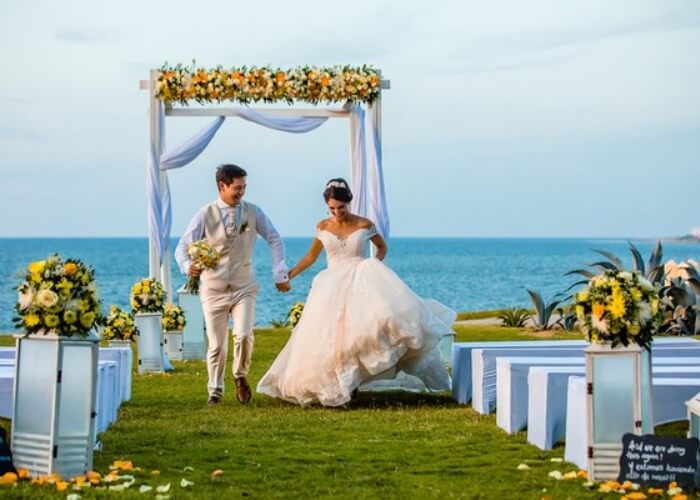
- Wedding dresses: In Cuba, it’s crucial that the bride’s dress is white and has lace trim on the bodice. The groom should wear a suit with a white tie and vest.
- Wedding rings: Cubans have been wearing diamond rings since before World War II; however, they now use smaller diamonds as well as antique gold settings or just plain gold rings with no stones at all! If this sounds like something your family would enjoy doing together (or maybe even alone), then consider getting them engraved with messages like “I love you” or “Forever.”
- Wedding cake: This can either be at home or served at the reception space itself—there isn’t much difference between these two options except for how much flour goes into making each slice! You may also want to consider having several different flavors available, so everyone has their favorite type before socializing during cocktail hour when everyone gets hungry again after eating lunch earlier today!”
➣ Kenya
- Kenya is known for its colorful, vibrant decorations.
- The bride and groom are dressed in customary Kenyan clothing.
- The bride is often carried to the venue by her family members.
- The groom’s family gives a dowry to the bride’s family, which includes livestock and other items that will sustain her during her marriage. This dowry can be used as collateral to secure loans from banks or businesses owned by their community members during times of need (e.g., when farming isn’t profitable). It also acts as an incentive for couples who have never met before getting married—if they choose not to complete this ritual after becoming husband/wife, then their families won’t receive any money back!
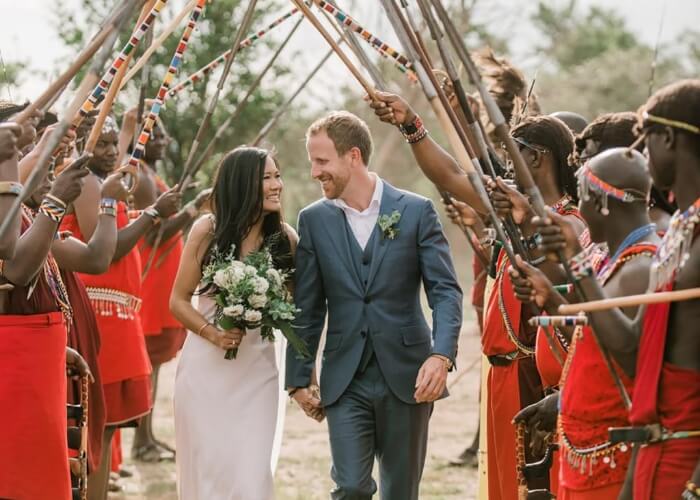
➣ Japan
It’s no surprise that the Japanese wedding has its unique traditions. For example, there is a ceremony called “sake sommelier,” when the groom and his best man ask each guest for money to buy them sake (rice wine). Then they drink it all together.
The reception is similarly elaborate: guests are served sushi, tempura, and grilled fish on sticks—and if you can’t eat sushi or tempura because of allergies or other dietary restrictions, then don’t worry about it! Just make sure everyone else gets their fill before you start taking turns eating from each plate.
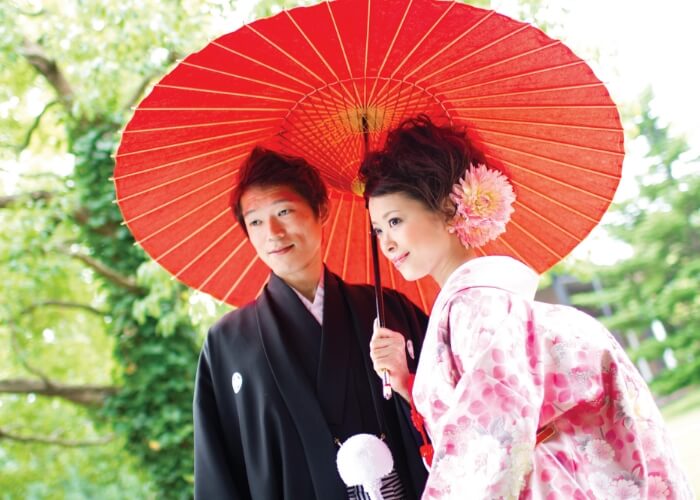
As far as attire goes, traditionally speaking, most dresses were floral prints made from silk gauze fabric with embroidered flowers and birds. However, nowadays, many women opt for modern styles like miniskirts instead of full-length skirts due to cultural trends toward more casual dressing habits among younger generations looking back at traditional Japanese culture through rose-tinted glasses.
Also See: 21 Most Beautiful Traditional Wedding Dresses Around The World
➣ France
In France, you can get married in many ways: by a civil ceremony or religion. However, the most popular choice is to hold your wedding reception at home with family and friends who have traveled worldwide to attend. This is a great way to celebrate your special day while staying true to your traditions!
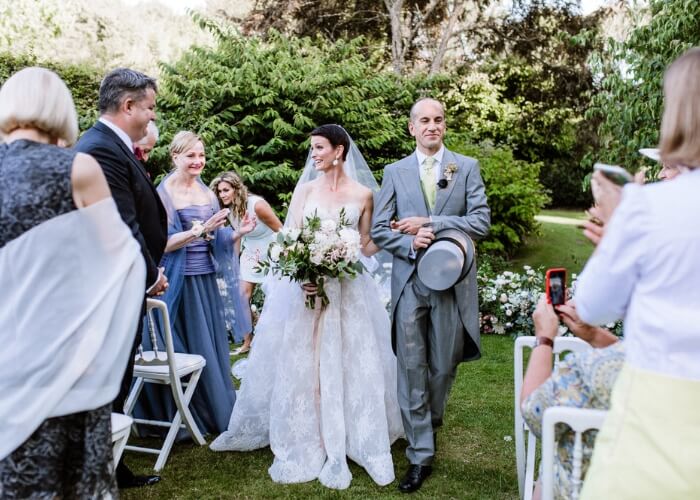
If you decide that having an outdoor wedding might be more up your alley, there are plenty of venues across France where this celebration could take place. You may want to consider renting out one of these properties if they’re available near where you live—or even find one online so that everything goes off without any problems!
Once everything has been planned out between all parties involved (including yourself), ensure everyone knows what time they need to be present so that everyone else can arrive safely too!
➣ Morocco
Morocco is known for its traditional weddings. The couple stand under a ceiling, or ‘chuppah’, decorated with flowers. They kneel to pray together before they are married.
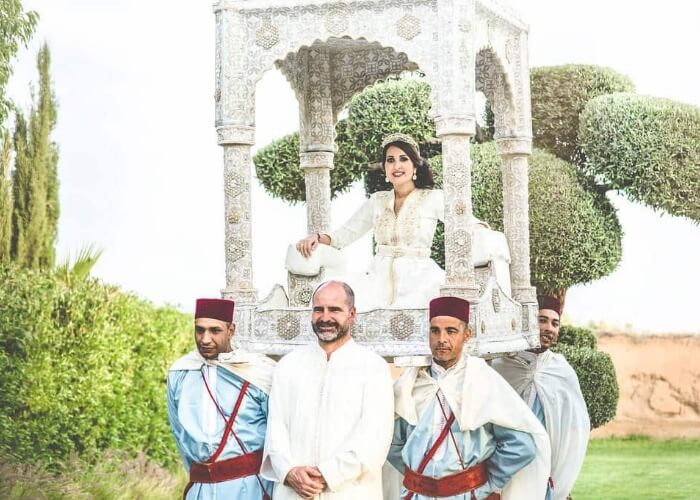
Afterward, guests will dance until midnight or later as part of a celebration that includes food and drinks served by waiters on trays (known as “tajines”).
➣ India
Regarding wedding traditions, India probably isn’t the foremost place that comes to mind. But it should be! The country has a rich history of marriage and family life and some fascinating customs surrounding weddings.
The most important thing about a traditional Indian wedding is that it’s an event for everyone in attendance these parties are known as “mehndi” ceremonies, which means “hand paintings.”
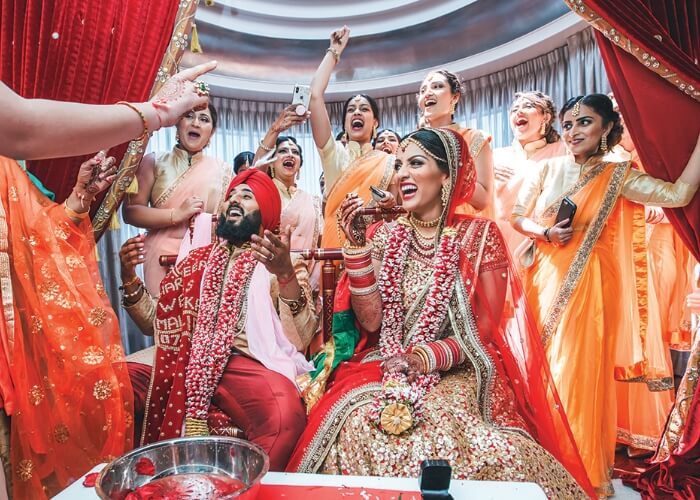
In this ceremony, brides and grooms are dressed up like royalty. In addition, brides often wear jewelry such as anklets made out of gold metalwork, while grooms often display silver chains around their necks adorned with charms, including turquoise stones engraved into them.
As part of these celebrations, there will usually be music playing throughout the entire day-long event, which includes dancing between groups consisting of dancers performing routines involving intricate hand movements performed against each other so fast that most people wouldn’t be able to watch without getting dizzy during these performances!
➣ Iraq
In Iraq, wedding traditions vary by region. The bride’s family is expected to give her and her new husband a sumptuous feast.
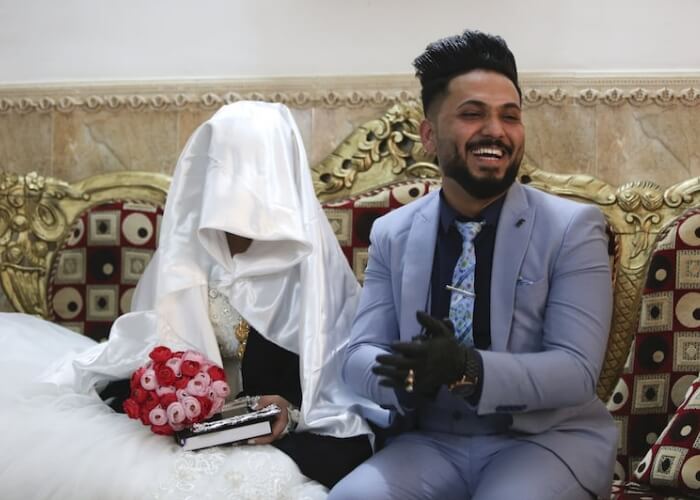
The following are some of the most typical customs:
- The groom wears white or black trousers, a shirt and a vest (called Kamis). He will wear these clothes throughout his life as he works in either government or business fields; however, if he becomes unemployed, he will only wear them on special occasions such as weddings or funerals.
- On the day of your wedding ceremony, you may have a henna tattoo applied to your hands by an artist specializing in this art form (henna tattoos have been used since ancient times). Henna tattoos symbolize good luck because they represent fertility goddesses such as Hathor, the goddess of fertility whose name means “the lady with child” in Arabic, which refers back to pregnancy, meaning having children/offspring. Therefore when we say henna tattoo, we suggest having kids soon after getting married, which makes sense, right?
➣ China
The Chinese wedding ceremony is an essential part of the wedding. It’s a time for family, friends, and even strangers to celebrate together.
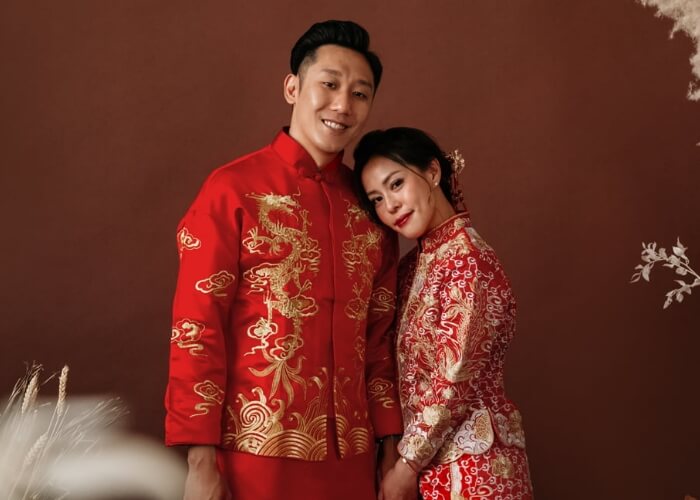
They also wear red shoes, which symbolize good luck during this happy occasion!
The wedding ceremony includes many traditions, including throwing the bride’s shoes and seeing if they land face up or face down. If they land face up, it means good luck for the new couple! The bride and groom also need to eat certain foods together to show their unity as a married couple.
After the ceremony, guests enjoy a traditional Chinese banquet.
➣ Germany
Wedding attire includes white dresses and tuxedos for the bride and groom.
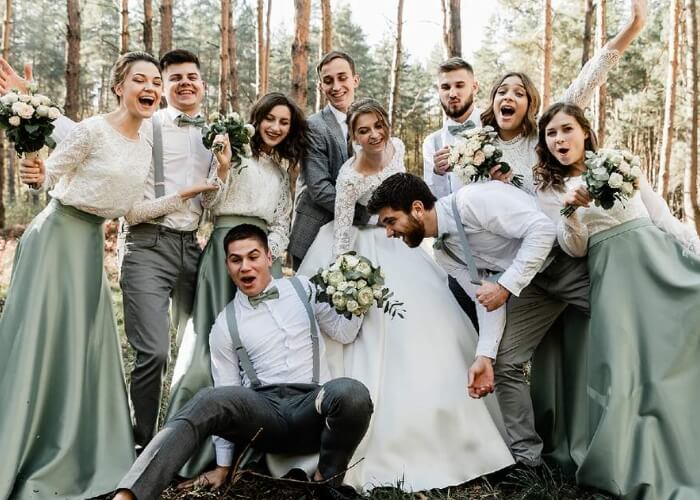
The bride’s father walks her down the hall.
A groom’s cake is traditionally filled with chocolate buttercream frosting, whipped cream, and nuts (or sometimes fruit). It’s usually served to guests at the wedding reception after dinner has been made so they can enjoy dessert while mingling with one another before dancing begins!
The couple throws rice at each other during their first dance as husband and wife – this symbolizes fertility in rural areas where rice fields surround homes with walls made out of mud bricks or adobe bricks made from mud mixed with straws.
➣ Mexico
- The role of the bride’s family: The bride’s parents are responsible for finding her a good husband. They traditionally pay off the groom’s family with a dowry, money, or property given to them by the bride’s father.
- The role of the groom’s family: Once they have agreed to marry their daughter, it is up to them whether or not they want her to be part of their family anymore. In most cases, this means giving up custody over children from previous relationships. Still, it also means making sure she has enough money so she doesn’t have to rely on her parents’ support forever after getting married! That way, if things don’t work out between you two, then there won’t be any hard feelings between yourself and anyone else involved.”
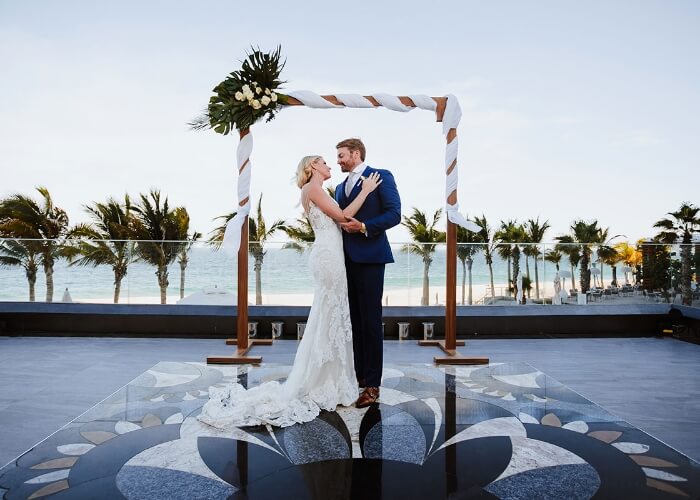
➣ The Philippines
The Philippines is a country known for its traditions and customs, including weddings. Traditionally, Filipino weddings are held in June. On this day, brides wear white dresses and veils that symbolize purity and innocence; grooms wear black suits with white button-up shirts with bow ties. The wedding cake is served as an entrée to celebrate the couple’s union—it’s covered in fondant icing, decorated with hearts and flowers made from sugar paste icing that has been colored red or pink—and can be up to two meters tall! While most Filipinos celebrate their weddings at home with family members, some will always opt for more significant events like those attended by international tourists who visit us here in our beautiful island paradise!
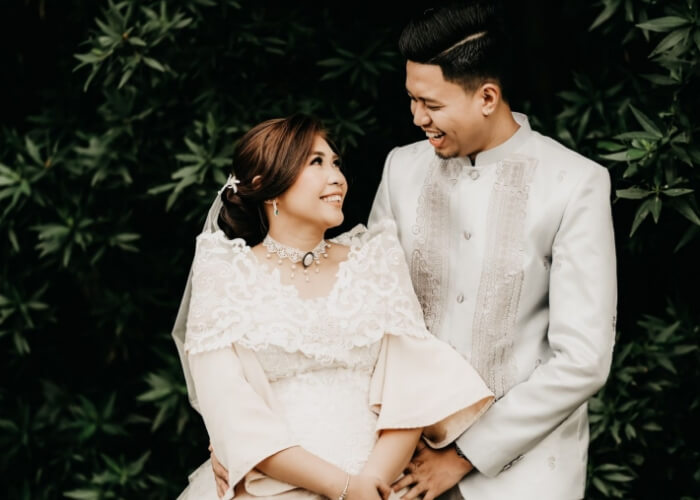
Conclusion
Knowing what traditions other cultures have added to their big day can be helpful if you’re planning your wedding. And suppose you’re interested in learning even more about them. In that case, many resources are available online for all types of people—whether you want to know how to incorporate traditional wedding customs into your wedding or want some general ideas on where and when certain ceremonies take place worldwide. We hope you find this article on ‘wedding traditions around the world valuable and informative.

